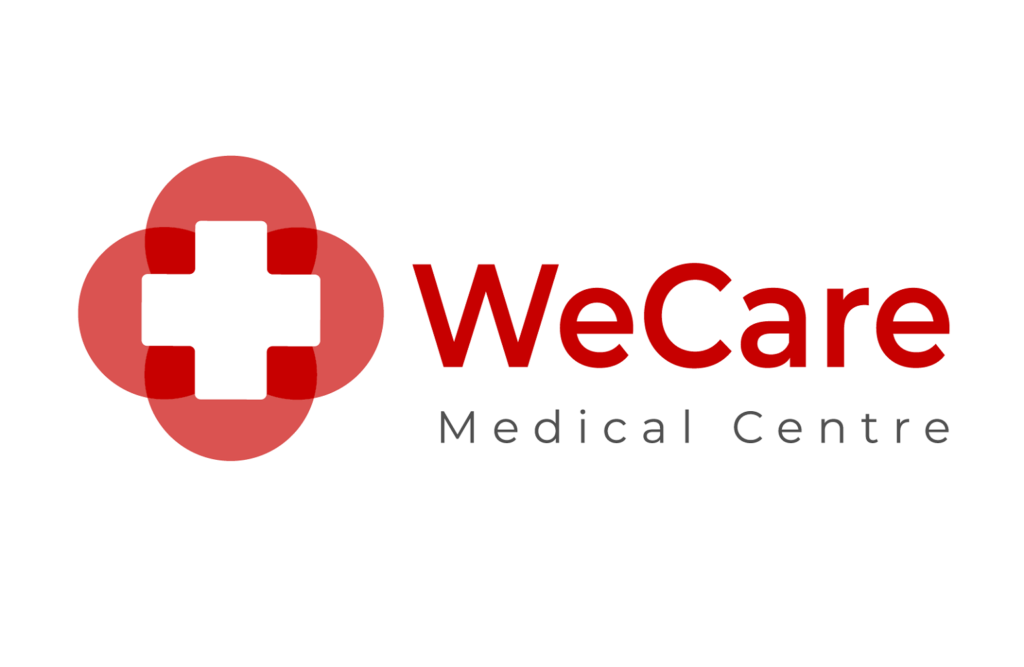
Whether you take one prescription medication or ten, it’s important to keep track of what you’re taking and when. How your body responds to a medication is unique, so tracking what you’re taking can help you understand how well a medicine is working for you. It can also help you remember when you took your last dose and when it’s time to for your system, which can be unsafe. Taking doses further apart than prescribed, or skipping them altogether, could result in too little medication in your body, making it less effective.
It’s also important to keep track of how you’re supposed to take your medicine. For example, some medicines should be taken with food in order to decrease side effects, while others should be taken on an empty stomach so they can be absorbed properly. Adding notes to your tracking method can help ensure you’re taking each medicine as intended.
What Are Drug Interactions?
While modern medications are safe and effective, there are certain medications that can react with each other, with the foods you eat or even with your body’s physiology. This can cause them to be less effective or potentially cause side effects, some of which can be dangerous. Your doctor, care team and pharmacist are trained to look out for these interactions when prescribing or providing medications and having an accurate record of what you’re taking ca help them. They should also be able to answer any questions you have about interactions.
There are three main types of drug interactions.
Drug-to-Drug Interactions
These happen when two or more drugs interfere with each other. A Critical Interaction means you should not take these medications together and need to discuss them with your care team. Taking them together may cause significant side effects or cause your medications to not work as well.
A Serious Interaction means taking this combination may cause significant side effects or cause your medications to not work as well, so you should talk to your care team to see if you should adjust your prescriptions.
A Moderate Interaction means you can take the medication as prescribed, but side effects may occur, or your medications may not work as well.
Drug-to-Food Interactions
Foods can interfere with certain types of medications. For example, grapefruit and grapefruit juice can impact some medications used to treat high cholesterol, high blood pressure, depression and even allergies. Milk can limit how the body absorbs some antibiotics and thyroid medications. And leafy green vegetables – normally a healthy choice – contain Vitamin K, which can interfere with blood thinners.
Drug-Condition Interactions
These occur when you have a healthy condition that makes it risky for you to take certain medications. For example, if you have high blood pressure, taking certain decongestants can raise your blood pressure even more.
Other Interactions
Finally, if you drink alcohol, use tobacco or cannabis, or take any type of recreational drugs, have an honest conversation with your doctor or pharmacist about it. For example, combining alcohol with paracetamol, an over-the-counter pain reliever, can cause liver damage, and combining alcohol with pain medication can be life threatening. Tobacco and cannabis contain active ingredients that interact with hundreds of prescription medications.
It’s helpful to keep in mind that medication tracking, while useful, is only one tool in safely managing your medication schedule. Please consult your doctor, pharmacist, family members and any caregivers to create a plan that works best for you.
Written by doctor from WeCare Medical Centre.










